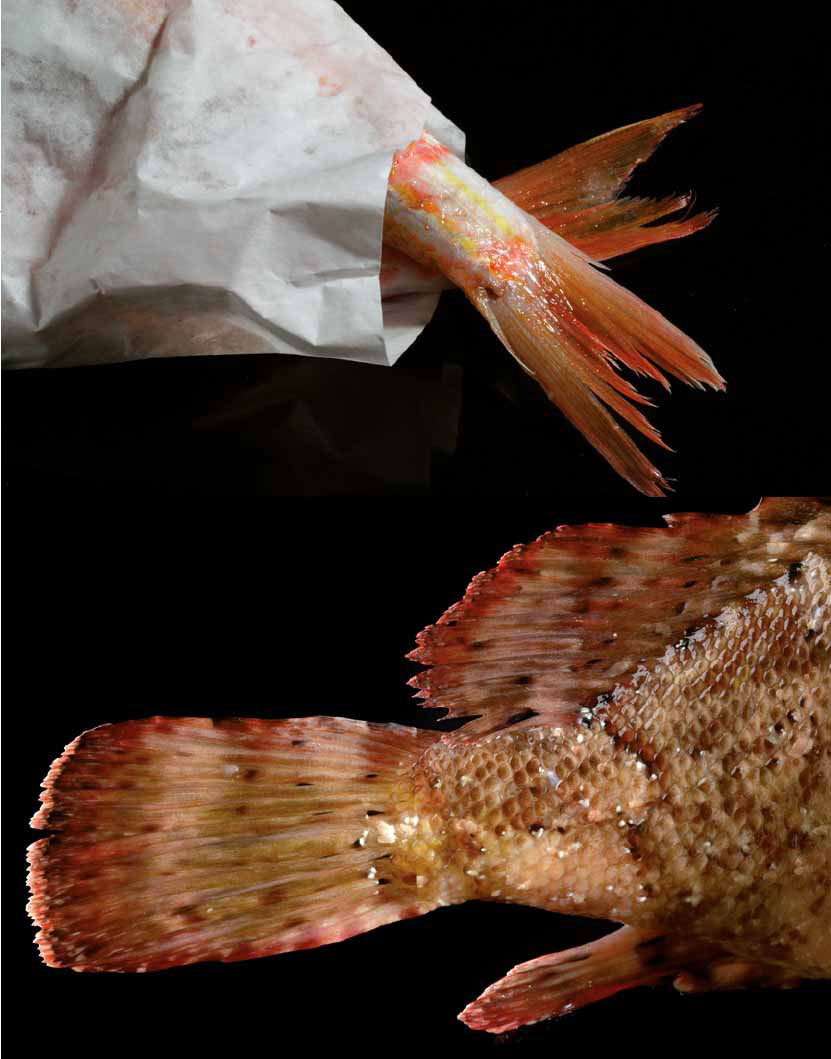
The sway of fashion significantly affects gastronomy and cooking. Today, when merely talking about omnipresent gelatines, it is good to know the history of the more baroque and grandiloquent version, which has come to be called aspic. Once-fashionable things later disappear and, after many years, sometimes centuries, again rise charmingly to the fore. This is what happened with gelatines. Aspics have been used all through the ages: in the culinary art of the Greeks and Romans, the famous and only aspic was the eel. And now gelatines and gelées are back on the crest of a wave, with all those preparations like cold gelatinized soups, beautiful little goblets, showing the complexity of preparation and ingredients in superimposed congealed layers.
The price we had to pay before, the constant gumminess, has now thankfully been replaced by immediacy and subtlety.
The term aspic also has a logical explanation. The name comes from the mottled, cold, icy-looking preparation, reminiscent of the skin and characteristics of the asp snake.
Increasingly, we are discovering more types of gelatine. Currently one of the most interesting gels is kappa.
Kappa is extracted from a type of red algae (from the genera Chondrus and Eucheuma). It is a carrageenan, a name derived from the Irish town of Carragheen, where they have used these algae for over 600 years. In the mid-twentieth century, this ‘Irish moss’ started to be produced industrially as a gel. Kappa provides a gel with a firm, brittle texture.
This gelatine comes in fine powder and, unlike other gelatines, is mixed cold and then brought to the boil. Its rapid gelling allows quick thickening of a product, and once gelled, it can withstand temperatures up to 60°C. In acidic media it loses some of its gelling capacity. One of its most interesting aspects is its texture, for this gelatine is firm and brittle.
